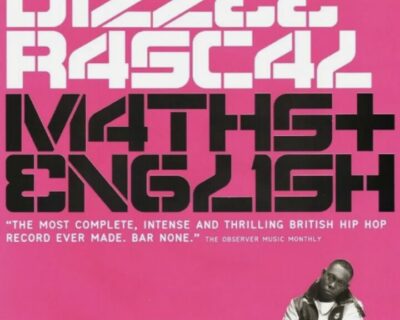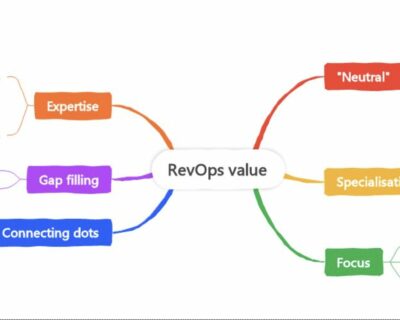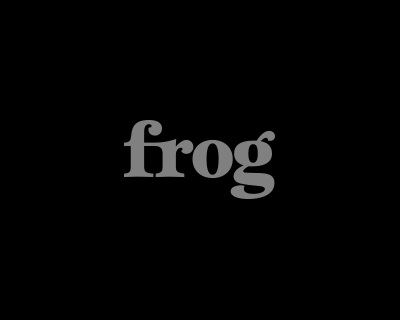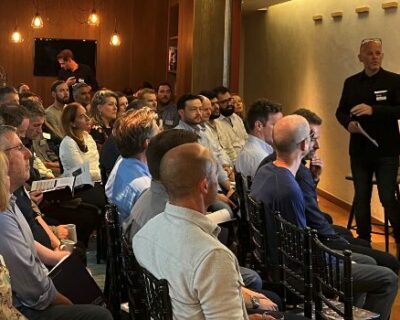By Nick McLean, former CEO of OrderDynamics, which Frog exited in 2018. Nick led a successful turnaround from a declining local player in the commoditised eCommerce space to being a “top quadrant” leader in retail order management, boasting a series of marquee global brands as customers. On the back of a transformed product strategy, energetic sales and marketing, solid channel partnerships, prudent financial management and staff commitment, he led the successful sale of the company to Tecsys in November 2018.
*
In the preface for this book Peter Thiel claims it is about how to build companies that create new things, drawing on his experience as a co-founder of PayPal and an investor in multiple start-ups. He then goes on to admit that, since every innovation is by definition new and unique, you cannot prescribe how to be innovative.
First principles
So, his advice is to think about business from first principles. Principles which, when outlined in the book, largely replay well established thinking on the nature of economics, business and IT.
The preface also tells us that the text is based on the class notes taken by a student when the author was teaching a class at Stanford University in 2012. For that audience, namely those undergraduates aspiring to be the next Zuckerberg, it provides a useful structure and discussion points for their investment pitch. However, for those who have got more mileage in the IT industry, either inside a company or financing one, this book provides little novelty for those seeking a new business text.
On the grid
What I did find more stimulating was the commentary related to the individual and collective outlook of global society. Thiel talks to a grid which looks at “Definite” and “Indefinite” views of the future on one axis and “Optimistic” and “Pessimistic” views on the other. Definite economies / individuals have definite plans for their future, whilst indefinite economies / individuals hope something will come along. If you add optimism to a “definite” plan then Thiel argues this is the sort of mentality that drove the US in the 1950’s and 1960’s (interstate highways and the space programme). He argues that the US has since moved to an “indefinite” view and so retains an optimistic outlook but it is now paired with a general hope that the future will take care of itself.
Fail to prepare, prepare to fail
Interestingly Thiel blames the decay in planning new outcomes on the success of post-war society. For those born in the “Boomer” years things got sequentially better regardless of their actions, leading to a generation with great expectations but no plan for how to fulfil them. He contends they are a generation who learnt to overrate the power of chance and underrate the importance of planning; which has then infected our view of finance, politics, philosophy, even life itself.
Transitioning to a business context he argues that an indefinite optimist is a strange outlook for an entrepreneur, as how would you expect your business to succeed without a plan. This leads him to argue against the “lean startup”, “adapt” and “evolve” approach that is cast as “digital Darwinism”, in favour of “intelligent design”. Emphasising that planning for your own future, whether as an entrepreneur or as a national economy, is the ultimate premise of this book.
In terms of content, the opening premise is that a (super successful) start-up has to question received ideas and rethink business ideas from scratch. Iterating on existing things will not create a radically different future. Dominating a market in a radically different future then generates monopoly profits and predicted future cash flow which drives immense valuations. Job done !
There then follows the question of whether those founders who have already achieved this did so by luck or design. This leads to the point about planned outcomes in the previous paragraph, with Steve Jobs’ Apple being the ultimate example of careful planning.
Thiel applies the same thinking to the VC. He argues that, rather than aim for a diversified portfolio, the fund should seek to focus down to companies where every one has the potential to succeed at vast scale. Again, the parallel drawn is that an entrepreneur cannot “diversify” and run multiple companies hoping that one will work out well. Instead focus relentlessly on something you’re good at, but think hard about whether it will be valuable in the future.
Setting the right foundations
He moves on to some more practical suggestions, such as ensuring the right foundations are set at the start as they are too difficult to fix later. This includes:
- picking the right founding team, one that knows each other well
- having clarity of ownership, possession (running day to day affairs) and control (governance)
- using equity as the one form of compensation that most effectively orients people towards creating future value
After this the book loses its way. There is a short chapter on creating a company “cult” based on pride in wearing the logo’d T-shirt. There is a reminder that products don’t sell themselves, however well engineered. This is followed by a chapter assuring the reader that computers and AI are complements to humans and not replacements. We are then given a commentary on why Cleantech has failed to clean up, which is blamed on their failure to answer seven key questions fundamental to all business.
Seven key questions
Detailing these questions returns the book to its title and names these questions as being:
- Do you have breakthrough technology?
- Is it the right time?
- Do you have a big share of a small market?
- Do you have the right team?
- Do you have the means to deliver to the market?
- Does the market have long term durability?
- Do you have a unique opportunity that other’s don’t see?
Ambitious conclusion
The last pages include a weak chapter, which tries to isolate the characteristics of founders, but wanders into a commentary on celebrities. The final summary then questions whether society is headed for prosperity or ruin. It closes with the statement that “Only by seeing our world anew, as fresh and strange as it was to the ancients who saw it first, can we both re-create it and preserve it for the future.”
In summary, a book that has an overly ambitious title on which, not surprisingly given the challenge, it fails to deliver.













